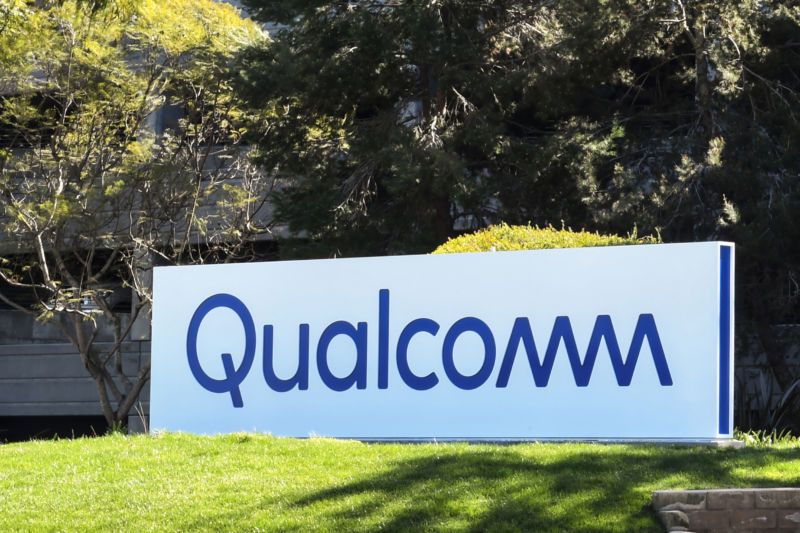
Qualcomm
The Android ecosystem is hurtling toward a RISC-V future. The puzzle pieces for the up-and-coming CPU architecture started falling into place this past year when Google announced official RISC-V support in Android and plans to make it a “tier 1 platform” on equal footing with Arm. With the OS support underway, what we need now is hardware, and Qualcomm is stepping up to announce the first-ever mass-market RISC-V Android SoC.
It doesn’t have a name yet, but Qualcomm says it’s developing a “RISC-V Snapdragon Wear” chip in collaboration with Google. The company says it plans to “commercialize the RISC-V based wearables solution globally including the US.” For Google and Qualcomm, this chip represents everyone’s first swing at a commercial RISC-V Android project, and as far as we can tell, it’s the first announced mass-market RISC-V Android chip ever. Qualcomm says the groundwork it and Google lay out “will help pave the way for more products within the Android ecosystem to take advantage of custom CPUs that are low power and high performance.”
RISC-V represents a big threat to the Arm CPU architecture that currently dominates all mobile devices. RISC-V architecture is open source, which can make it cheaper and more flexible than Arm. If companies want to design their own chips, they can do that without paying a licensing fee to Arm. Since the architecture is open source, it’s possible to create a fully open source chip. If you’re a chip-design firm, you can make your own proprietary chip designs and license them, making you a competitor to Arm’s chip-design business.
RISC-V is also a way to sidestep all of the various problems with Arm. Arm is the foundation of a lot of Big Tech business, but the company has been through a volatile few years as parent company Softbank has sought to cash out of its investment. Originally, Softbank wanted to sell Arm to Nvidia—a notoriously difficult-to-work-with company. After regulators shut down that deal, Arm ended up doing an IPO. Arm’s push to impress stockholders has led to upending its business model in an attempt to charge dramatically more than it used to. Arm is also now suing Qualcomm, one of its biggest partners, over licensing fees related to its acquisition of chip design firm Nuvia. Arm has also been a major weapon in the US-China trade war, and that has led Chinese companies to rally around RISC-V as an international alternative. The US government is concerned about RISC-V as a way to sidestep US influence over chip export controls.
This isn’t the first time Qualcomm has shipped a RISC-V core, and the company recently announced a joint venture to promote RISC-V progress. RISC-V has been making its way into the margins of several chips as minor microcontrollers that are part of a larger Arm SoC. These all still count as “Arm” chips because Arm still makes up all the major CPU cores. RISC-V has been rapidly adopted in the microcontroller world because it only needs to work within that exact chip and doesn’t have any of the wider software ecosystem problems that a full-system CPU has to deal with. The Snapdragon 865 in 2019 was the first Qualcomm chip to use RISC-V for some microcontrollers, and to date, Qualcomm says it has “shipped in excess of 650 million RISC-V cores.” None of those have been the major system CPUs, though, just smaller SoC components.
RISC-V, as the system CPU, will need a ton of work to become a viable Android platform. Developer SDKs, compilers, libraries, and a million other things all need to support the new architecture. Google is working on a giant to-do list to get the Android OS at a viable level on RISC-V. The good news is that, because normal Android apps are all written in Java (or Kotlin) and compiled for your device via the Android Runtime (ART), all Google needs to do for app support is make ART spit out RISC-V code, and the majority of app code will just work. The main exception is code written with Android NDK (Native Developer Kit), which allows for high-performance native code in C and C++. That’s going to be a lot of games (not relevant for wearables) and libraries.
An Android ecosystem for RISC-V needs to start somewhere, though, and this is where it’s starting. Qualcomm says the “commercial product launch of the RISC-V wearable based solution timing will be disclosed at a later date.”








